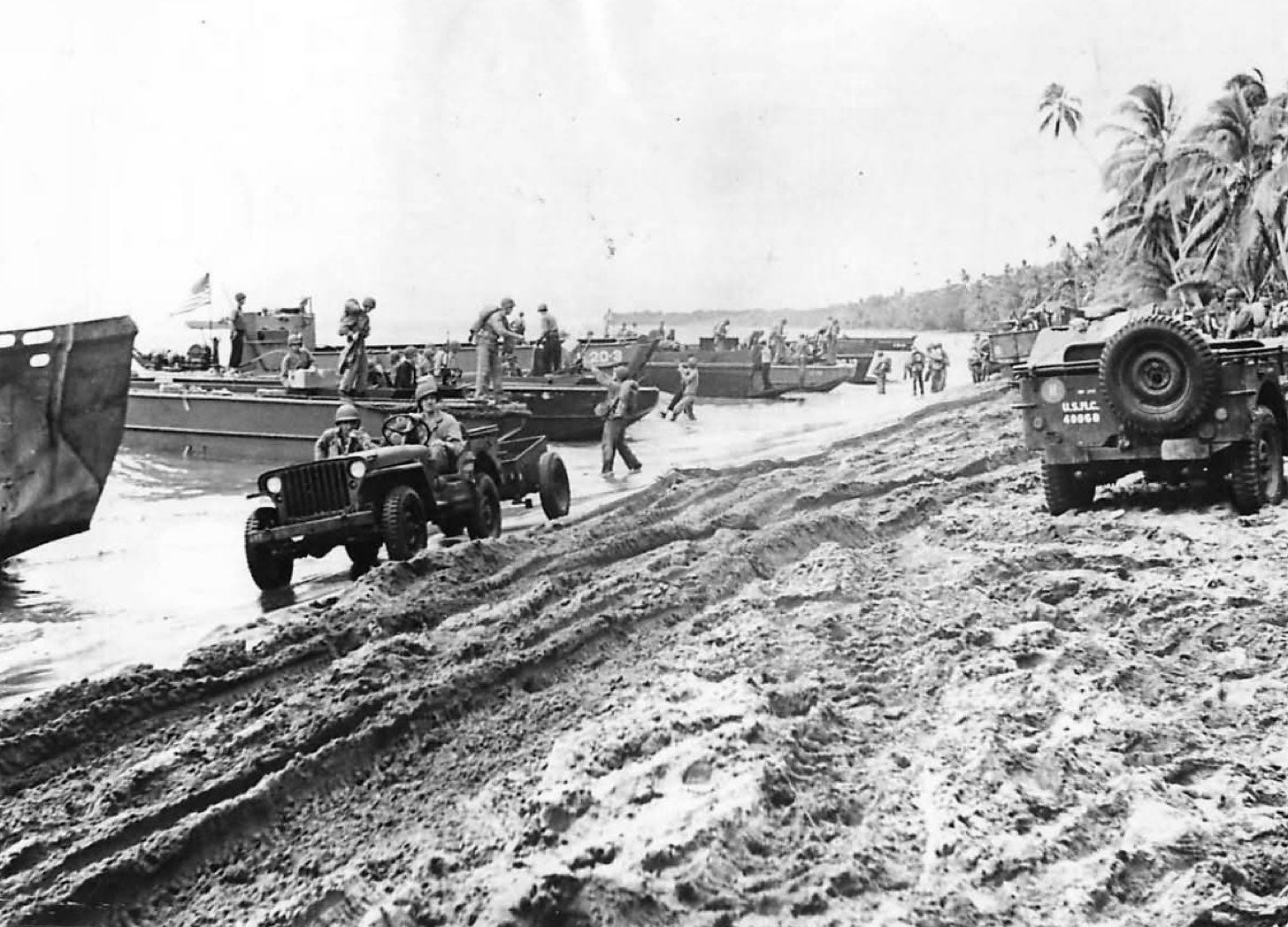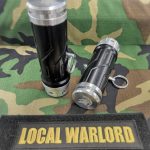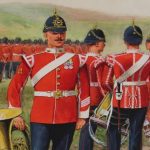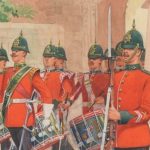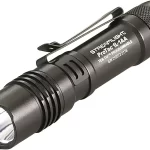On 1 February 1941, the United States Marine Corps converted the two infantry brigades of the Fleet Marine Force into a pair of infantry divisions. On 28 March 1941, it provided those divisions with tables of organization that, among many other things, provided a framework for the infantry regiments of those divisions.
At first glance, the infantry regiments of the new divisions looked a lot like the infantry regiments of the old brigades. Indeed, at the level of major subordinate elements – those units commanded by officers who reported directly to the regimental commander – the only change is the addition of a regimental weapons company.
Not to be confused with the weapons companies of infantry battalions, the regimental weapons company was a one-of-a-kind outfit designed to provide the new regiment with the means of dealing with both tanks and ground-attack aircraft. To this end, it replaced the six 37mm anti-tank guns of its predecessor with twelve 20mm cannon and eighteen .50 caliber machine guns. In addition to these dual-purpose weapons, the regimental weapons company received a pair of 75mm field guns.

The 20mm guns also found homes in the weapons companies of the three infantry battalions of the new regiment. In particular, they armed the one of the two new platoons that the establishments of 28 March 1941 provided to the battalion weapons company, a two-gun outfit called the ‘anti-aircraft/anti-tank platoon’.
Each of the elements of the regimental weapons company armed with 20mm dual-purpose weapons also bore the name of ‘anti-aircraft/anti-tank platoon’. However, while each of the three regimental platoons of that name rated thirty-five Marines, four guns, and four one-ton trucks, and thirty-five Marines, the battalion ‘anti-aircraft/anti-tank platoon’ platoons made do with twenty-two Marines, two guns, and no trucks at all.

The second new platoon of the battalion weapons company offered less in the way of novelty than the outfit armed with 20mm guns. Indeed, the mortar platoon of the battalion weapons company bore a close resemblance to the organization of the same name that, between 23 August 1939 and 28 March 1941, had hung its hat in the battalion headquarters company.
Indeed, the chief difference between the two mortar platoons – both of which wielded four 81mm mortars of Stokes-Brandt persuasion – lay in the provision made for moving ammunition. (Where the two ammunition squads of the mortar platoon of 1939 consisted of thirty-two Marines and eight hand carts, the corresponding elements of the mortar platoon of 1941 rated twenty-six Marines and ten carts.)
Prior to the addition of the two new platoons, the battalion weapons company had been known as the ‘machine gun company’. That is, according to the tables of organization adopted on 23 August 1939, the unit had consisted of a small headquarters and three machine gun platoons. (Each of the latter, which operated four .30 caliber water-cooled Browning machine guns, rated one officer and forty-five enlisted Marines.)
When, on 28 March 1941, the machine gun company became a ‘weapons company’, the elements exclusively concerned with the care and feeding of machine guns remained the same. That is, the three machine gun platoons of the weapons company of 1941 were carbon copies of the three machine gun platoons of the machine gun company of 1939.
The headquarters platoon of the weapons company also owed much to the headquarters platoon of the old machine gun company. Where the latter had consisted of twenty-five Marines, the former was authorized twenty-three Marines. (The tables of organization for 28 March 1941 replaced one of the two assistant cooks of the old headquarters platoon with an armorer. At the same time, it reduced the number of ‘other duty’ privates by two.)1
Note: For an overview of the many changes taking place in the US Marine Corps between 1939 and 1941, see the first five chapters of Frank O. Hough; Henry I. Shaw; and Verle E. Ludwig History Of U.S. Marine Corps Operations In WWII, Volume I: Pearl Harbor To Guadalcanal (Washington: Government Printing Office, 1958)
For More about the Marine Infantry Regiment of 28 March 1941:
To Share, Subscribe, or Support:
1
Like the ‘basic’ privates of the US Army of the same period, ‘other duty’ privates provided a unit with a number of men who, while lacking in specialized training, were nonetheless able to stand guard, augment working parties, and perform mess duty.

